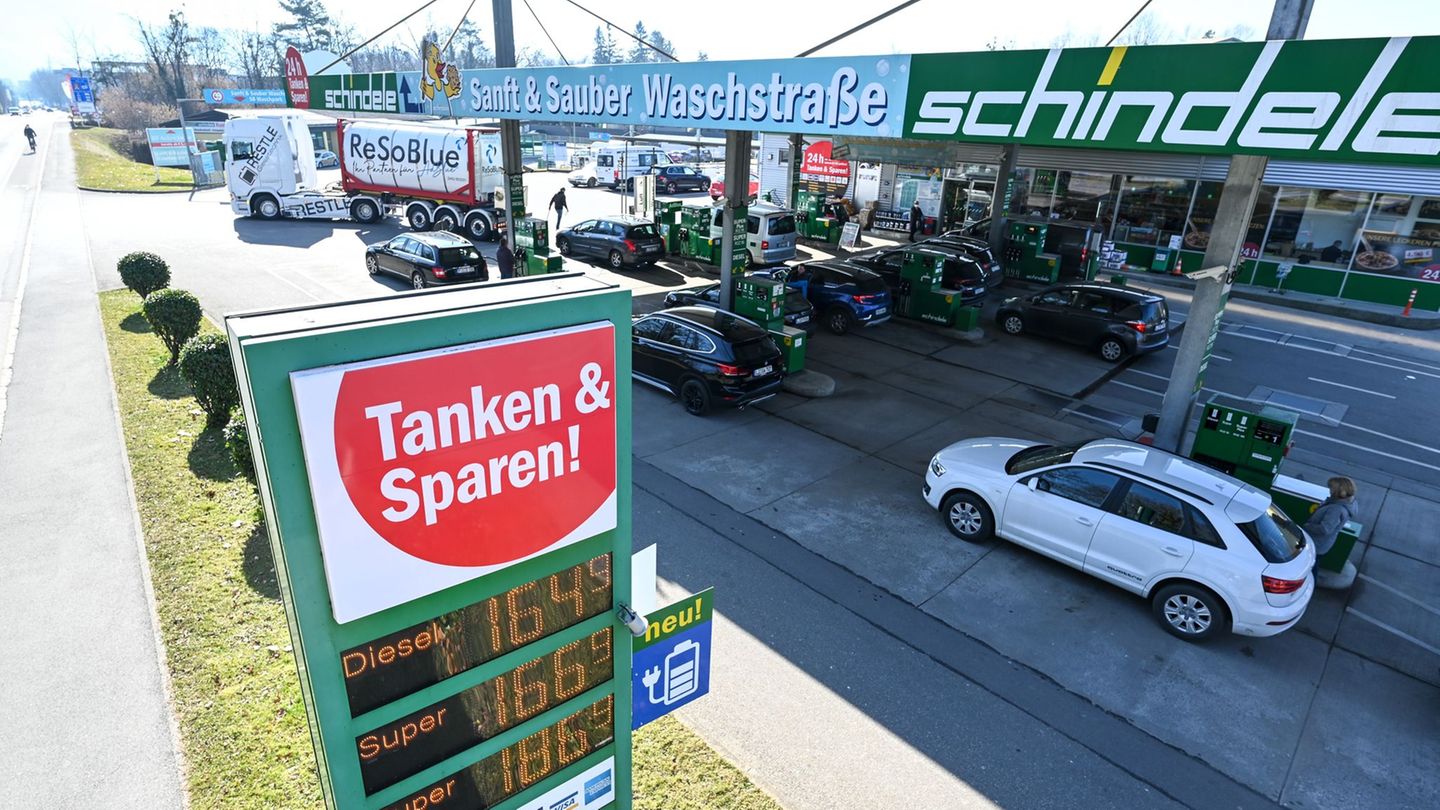The exchange gap returned to levels at the beginning of 2020 post devaluation of the official dollar, and that was the first great success of the government. What happened to country risk? What happened to the bonds? And the actions?
On Tuesday the 12th, a new emergency measures packagewith the goal of reaching zero deficit in 2024. In addition to the brake on public works, the removal of energy/transportation subsidies and the reduction of discretionary transfers to the provinces, the most notable thing was the announcement of the dollar.
The official dollar was honest and became worth $800. But importers and exporters do not have access to that price. Let’s see how it turned out:
- Importers: official dollar + COUNTRY Tax at 17.5% = $940
- Exporters: 80% to the official dollar + 20% to the Cash dollar with Settlement = $850
After the measures and the devaluation, the market reacted positively, since the exchange gap was drastically reduced:
boggiano 1.jpg
There we see how the gap was reduced from 190% to 25%, reaching levels not seen since the beginning of the pandemic. What does this mean? That the market approved the measures and trusts the plan, at least initially.
To be more precise, the gap was 17%. Because the average between the importing dollar ($940) and the exporting dollar ($850), gives $895. And if one compares the Cash with Settlement dollar with $895, the exchange gap remains at 12%.
Let us remember that the Monday following the PASO, Massa devalued 22% and the exchange gap went from 104% to 190% in October. Because? Because there was no (credible) plan behind it.
What happened to country risk?
It fell towards the 1800 point area, accelerating its decline in recent months:
boggiano 2.jpg

In addition, the Central Bank will be able to accumulate reserves during the coming months because there are greater incentives to export and fewer to import.
Bonds, in the same vein, had strong days of rise. Clearly the market celebrated the measures that seek fiscal balance. Let’s look at the case of AL30, one of the most representative bonds:
boggiano 3.jpg

After the measures on Tuesday the 12th, it rose 5%. And since Milei’s victory in the runoff election, she has accumulated a rise of 45%, making new highs in recent months.
The Merval in dollars, on the other hand, fell 5% after the measures. Although it is worth noting that it had an increase of 27% since the runoff.
boggiano 4.jpg

The situation experienced this week is not one to claim victory by any means. But it’s a start. The market has already spoken. He believes the government. And credibility is vital in this context.
Are you interested in knowing more about these topics? I want to invite you to read a report that I prepared with the 22 best finance and investment sites. It is information that in many cases is difficult to find. You can download it at this link:
https://informes.cartafinanciera.com/22sitios-inicio?utm_medium=referral&utm_source=ambito&utm_campaign=funnel_22sitios&utm_term=milei_18_12_23&utm_content=acciones
Note: The material contained in this note should NOT be interpreted under any circumstances as investment advice or a recommendation to buy or sell a particular asset. This content is for educational purposes only and represents the opinion of the author only. In all cases it is advisable to seek advice from a professional before investing.
Source: Ambito
David William is a talented author who has made a name for himself in the world of writing. He is a professional author who writes on a wide range of topics, from general interest to opinion news. David is currently working as a writer at 24 hours worlds where he brings his unique perspective and in-depth research to his articles, making them both informative and engaging.




